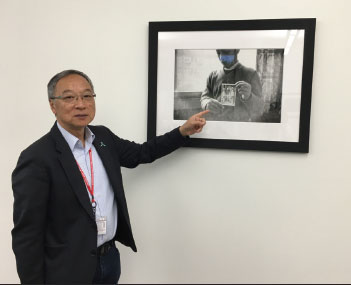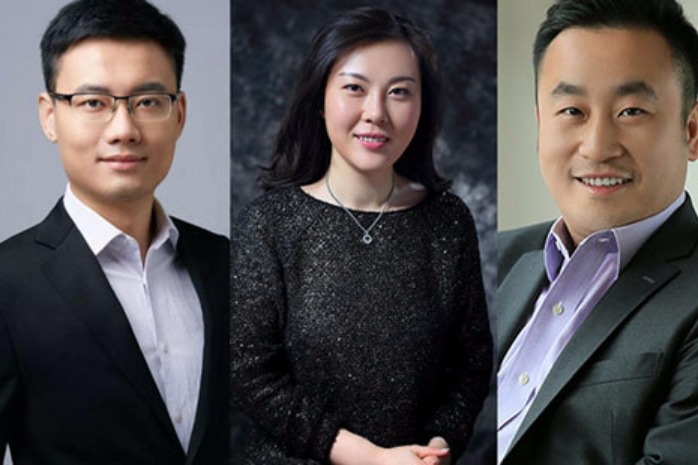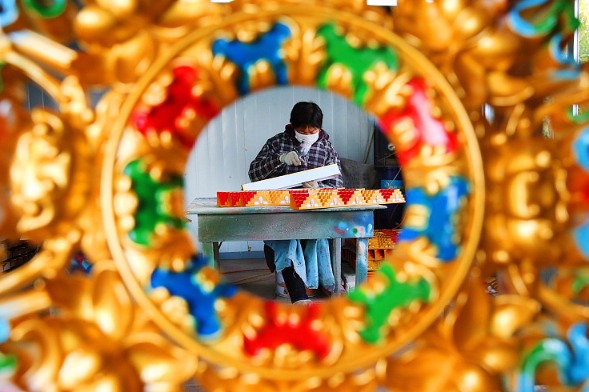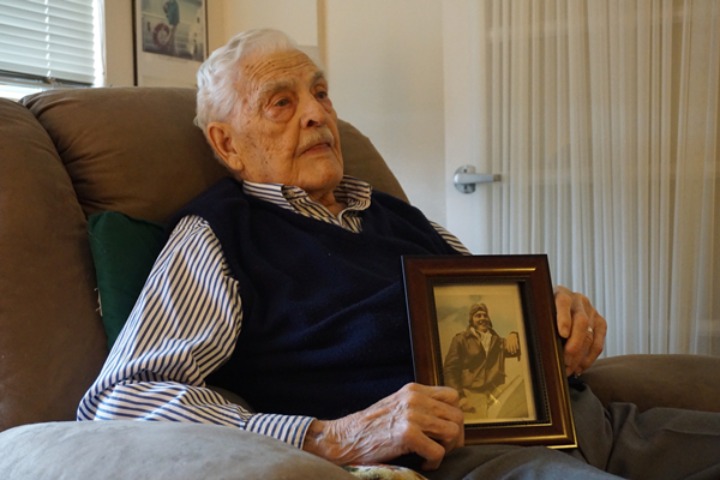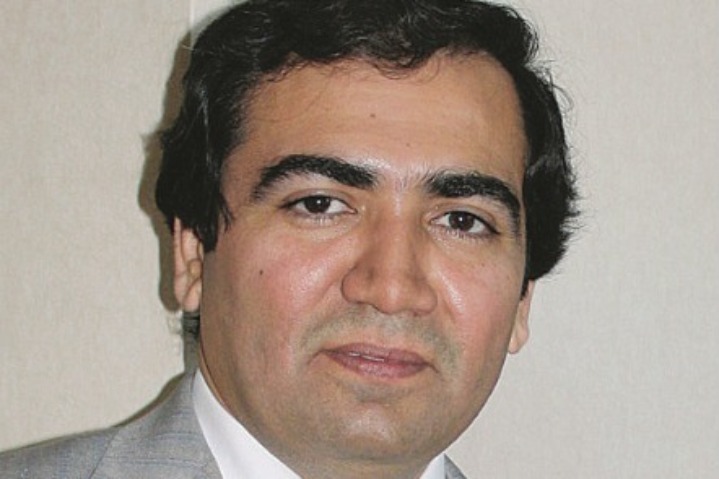Surgeon at Stanford takes on hepatitis B globally
At the Asian Liver Center of Stanford University, a series of black and white photos on the walls tells the "untold story" of a middle-aged man in China's Henan province whose whole family died of liver cancer and he died of the same disease years later.
"This [photo gallery] is a reminder of why we are doing all of this, why we are helping to educate the public, and trying to change the laws to improve awareness of prevention and treatment of hepatitis B," said Samuel So, founder and director of the Asian Liver Center.
"Sometimes when people talk about statistics, we tend to forget people," said So, a professor at Stanford's School of Medicine and a transplant surgeon.
Though he could make more money in the operating room, So spends much of his time traveling between Chinese mainland, Mongolia, Vietnam, Laos, and recently Indonesia and the Philippines, spreading the word about hepatitis.
"How many lives can I save by cutting out liver cancer? Very few. But millions of lives can be saved if children are vaccinated and many more people are treated," said So, who also serves as a special adviser on viral hepatitis to the World Health Organization.
Born and raised in Hong Kong, So came to the US for higher education. After graduating from the University of Minnesota in 1973, he went back to Hong Kong and continued his medical studies at the University of Hong Kong until 1978.
After serving as a medical officer of the Hong Kong government, he returned to Minneapolis in 1980 and worked as a transplant surgeon.
| Samuel So, founder and director of the Asian Liver Center at Stanford University,tells the story of a Chinese man who lost his entire family to liver cancer before dying of the same disease himself. Lia Zhu / China Daily |
At the time, the Midwest did not have large numbers of Chinese or Asian people, and almost no one was infected with hepatitis B. It wasn't until he moved to San Francisco, home to a large Asian community, that he realized the extent of the hepatitis B and liver cancer problem.
The reason is chronic hepatitis B infection is uncommon in white Americans, said So. About one in 1,000 white American adults has chronic hepatitis B, compared with about one in 12 Asian-American adults, according to the US Centers for Disease Control and Prevention (CDC).
"I looked around the country and no one was doing anything about it. It seemed no one cared about hepatitis, a disease that kills so many people in Asia," said So.
He found that immigrants from Asia were not aware of the disease's risks, the importance of testing and treatment and the link between hepatitis and liver cancer.
"Chinese people don't like to talk about cancer and hepatitis because of discrimination," said So. "Then we found that doctors in the US didn't realize the importance of testing and how to care for the patients, because it's not well taught in medical school."
So founded the Asian Liver Center at Stanford University in 1996 to put an end to the high rates of chronic hepatitis B and liver cancer in Asian-American communities and Asia.
In the past 20 years, the center has spearheaded advocacy and education efforts to improve the capacity of the US health care system to prevent and control hepatitis B and liver cancer through a strategy called CARE (collaboration, advocacy, research and education).
They partner with the CDC, the Department of Health and Human Services (HHS) as well as policy makers to increase national awareness and national policy changes.
In 2008, the HHS for the first time recognized hepatitis as a disease with one of the greatest healthcare disparities in the US.
In 2010, So received a CDC Honor Award for mobilizing people and resources in ways that have changed global public health policies related to hepatitis B. He was recognized in 2014 by the White House for global and national leadership.
During his service on the board of the Institute of Medicine of the National Academies, So's research caught the attention of US policy makers.
As a result, HHS released a national action plan in 2011 for prevention and control of viral hepatitis in the US, leading to screening and vaccination being covered by health insurance as of 2016. For the first time, the hepatitis B vaccine for adults is free.
Currently in the US, two in three people living with hepatitis B don't know they are infected. Of those testing positive, only one in three is connected to a doctor; and of those under a doctor's care, only half get treatment.
"The key message in the US is to get more people tested and treated. Over time, you can cut down the deaths of liver cancer and cirrhosis by over 50 percent," said So.
But the problem will not go away if people infected in Asia are not treated or protected, said So.
About 75 percent of Asian-American adults are foreign born, many from countries with a high prevalence of chronic hepatitis B infection, according to the CDC, which estimates that 95 percent of chronic hepatitis B in the US is imported.
China has the biggest burden of chronic viral hepatitis in the world - around 100 million people (93 million with hepatitis B and 8 million with hepatitis C), or 25 percent of all people living with chronic hepatitis in the world.
Without monitoring and treatment, 15 percent to 25 percent of those living with chronic hepatitis B, and 10 percent of those living with chronic hepatitis C will die from liver cancer or cirrhosis, he said.
In 2006 to 2008, the Asian Liver Center provided a province-wide free hepatitis B vaccination program in Qinghai province, the first of its kind in China, to immunize more than 500,000 children.
"It's so sad so many people die at a young age. Liver cancer is among the leading causes of death for middle-age people in China, the productive people who could have been supporting their families," he said.
liazhu@chinadailyusa.com







